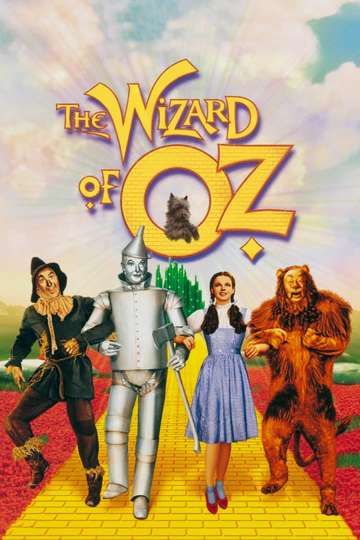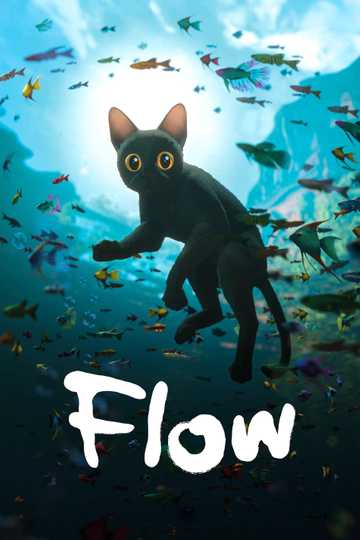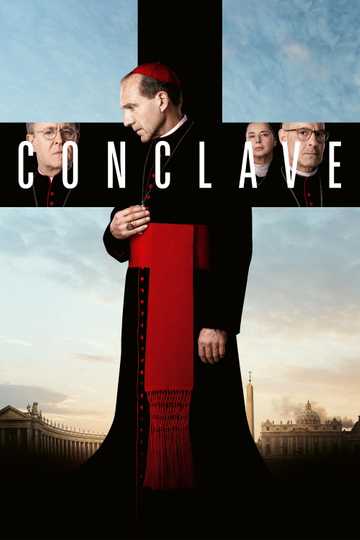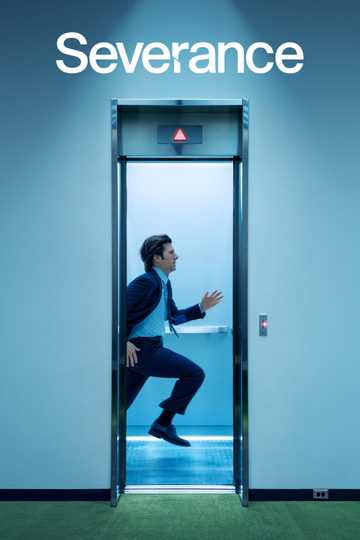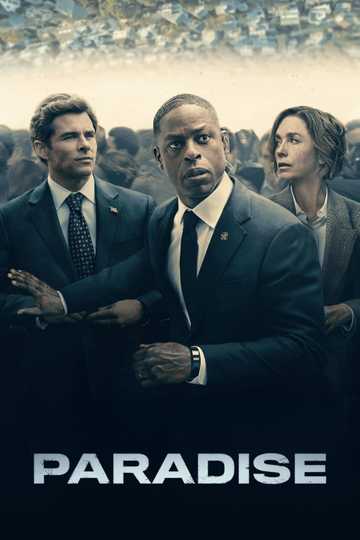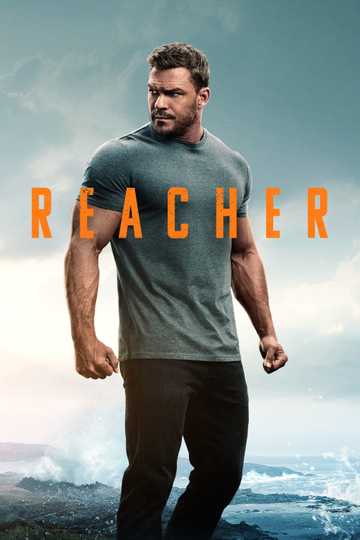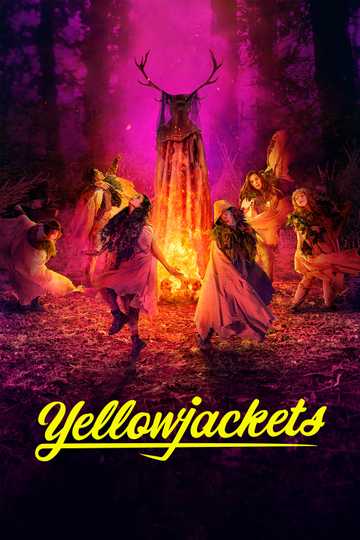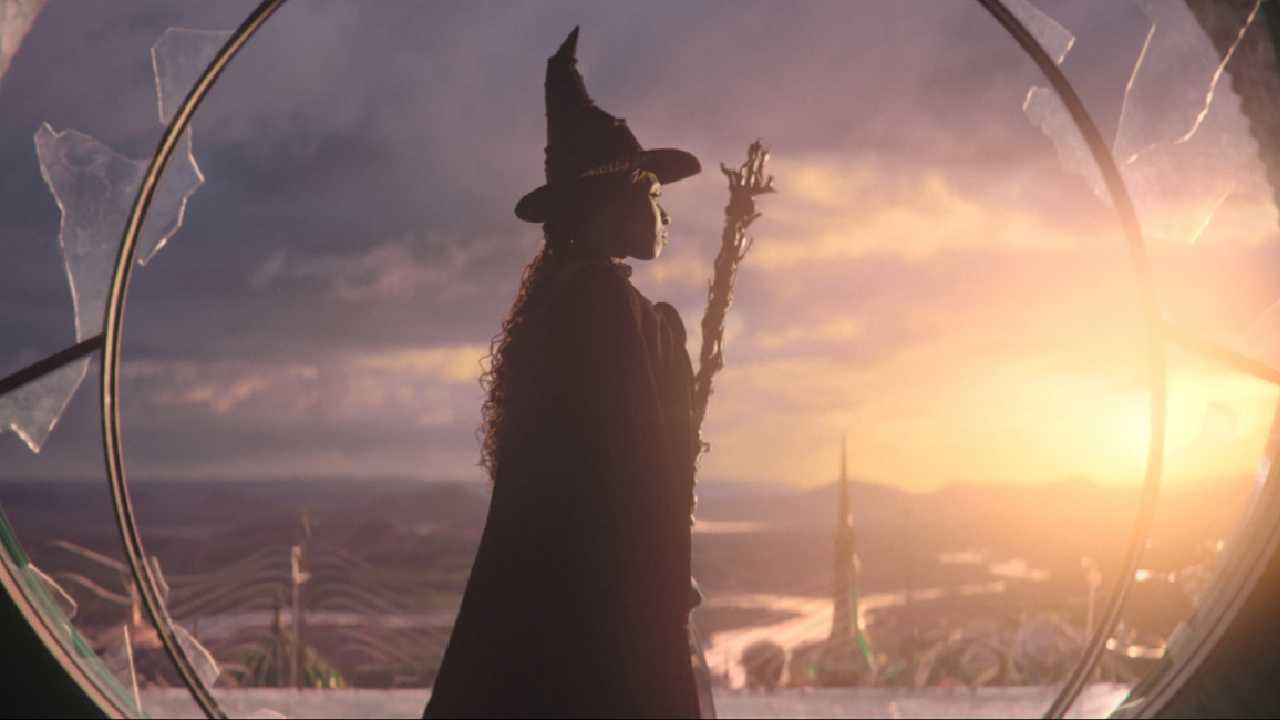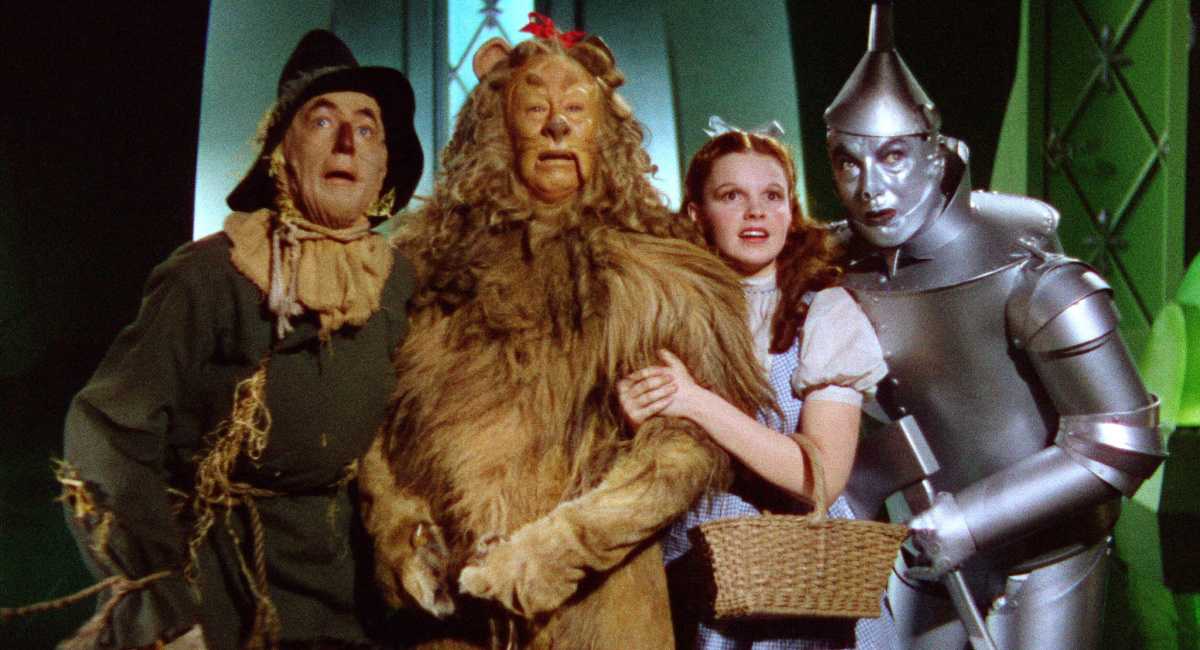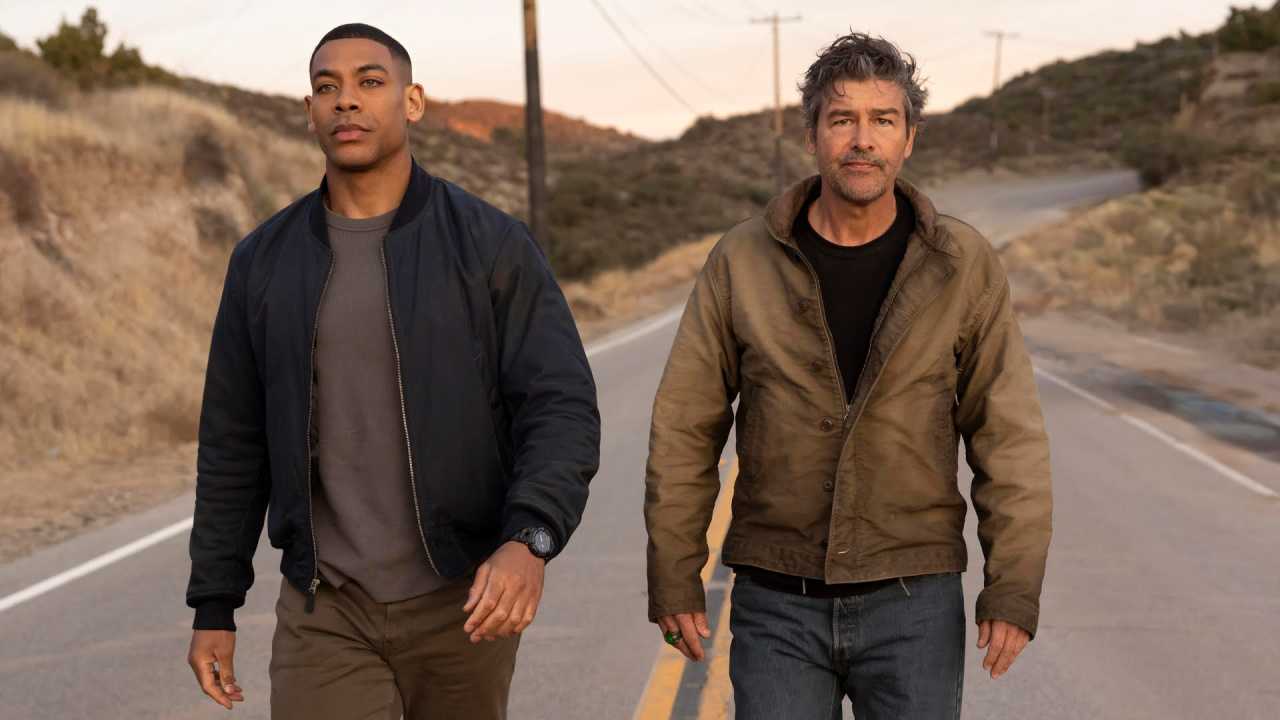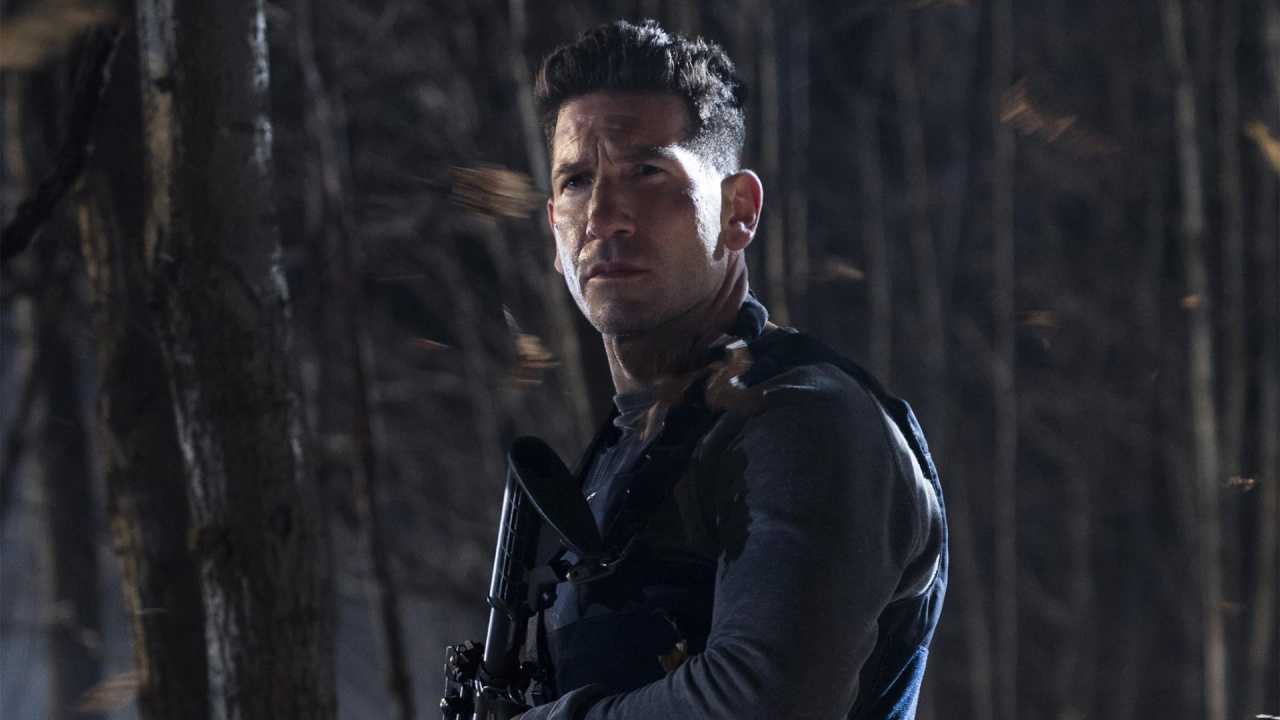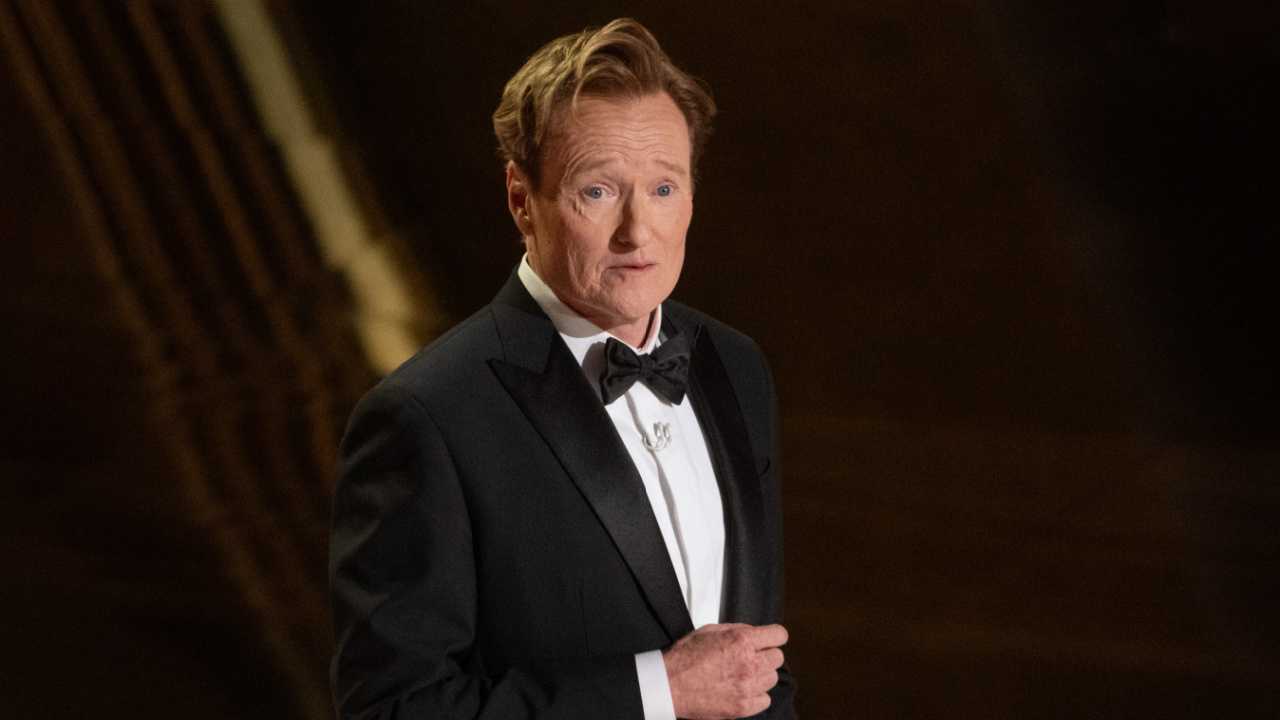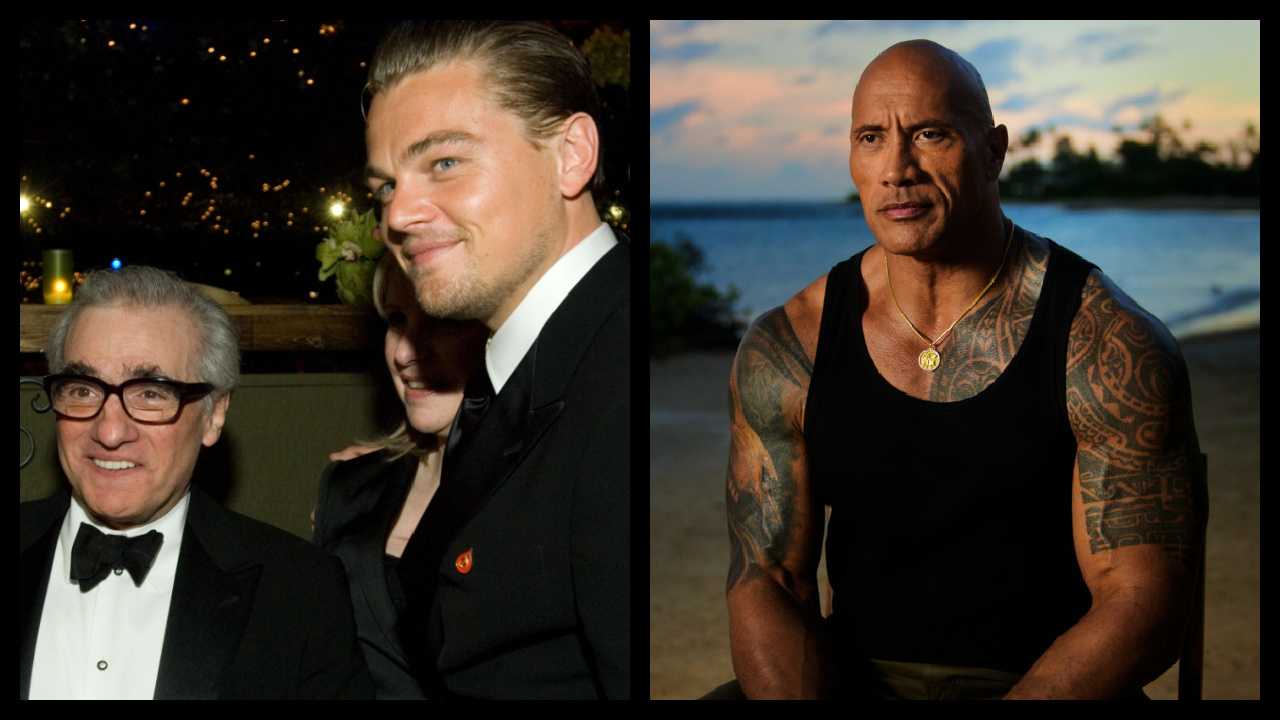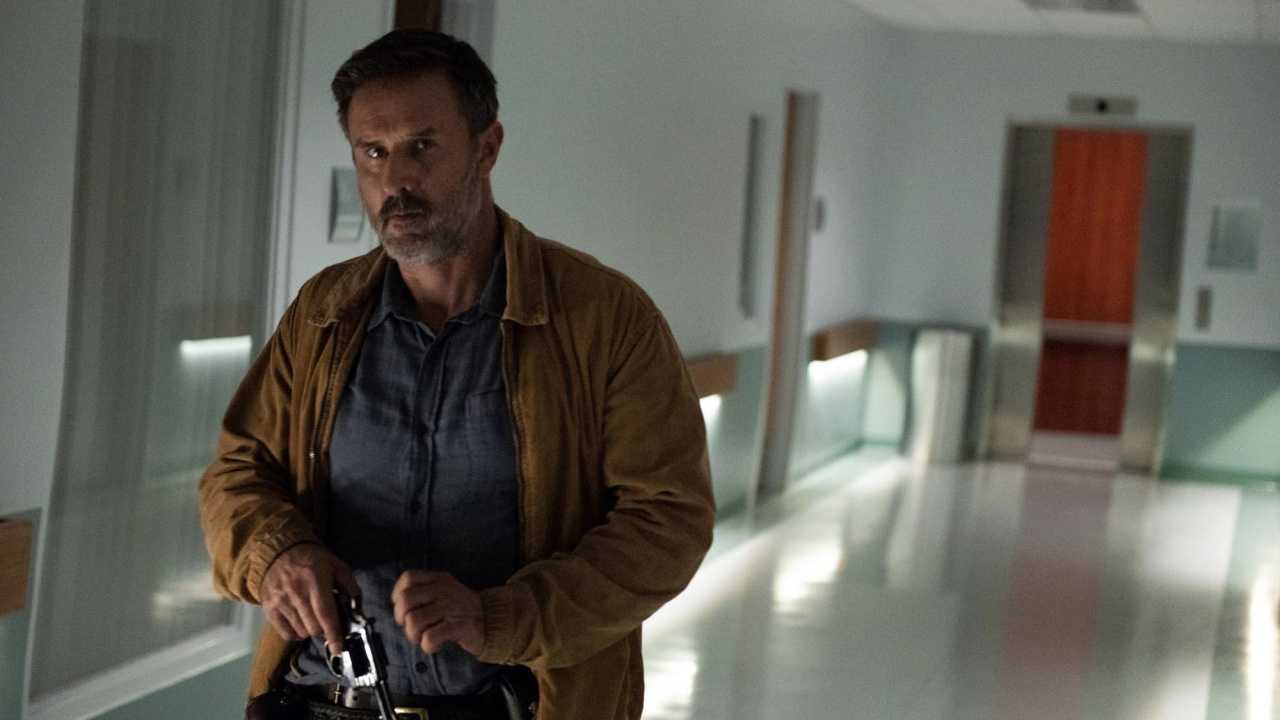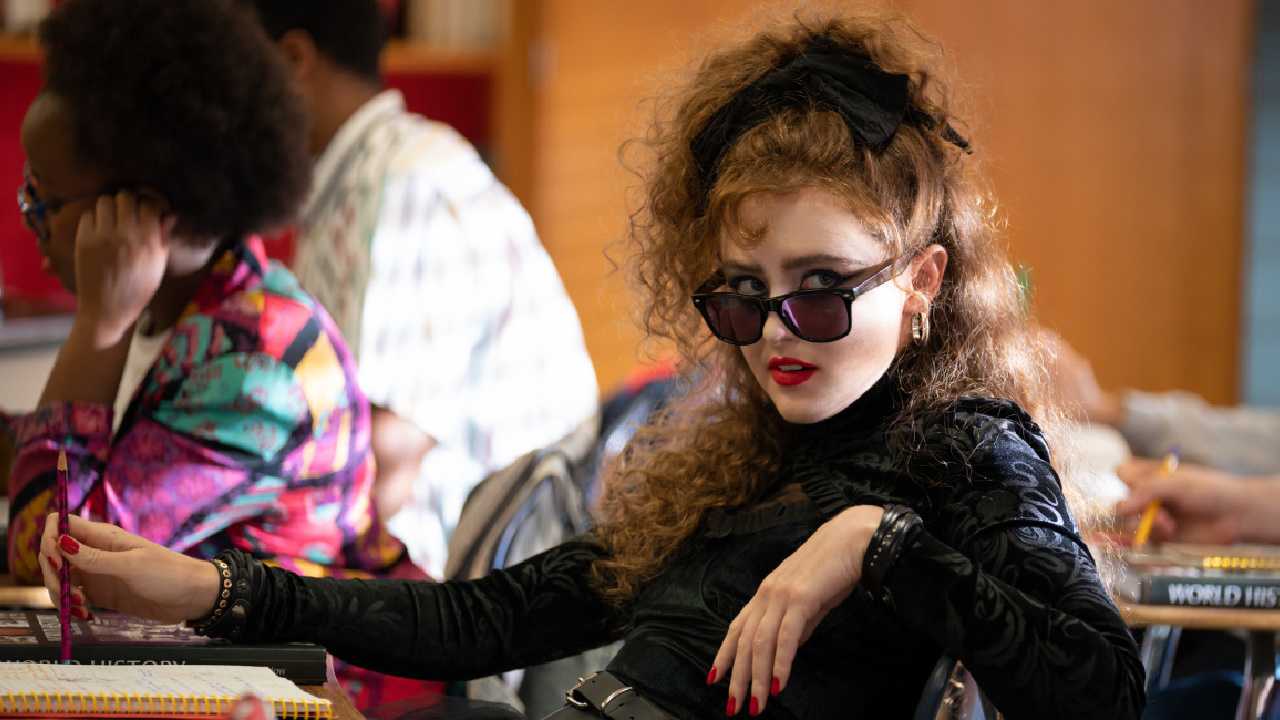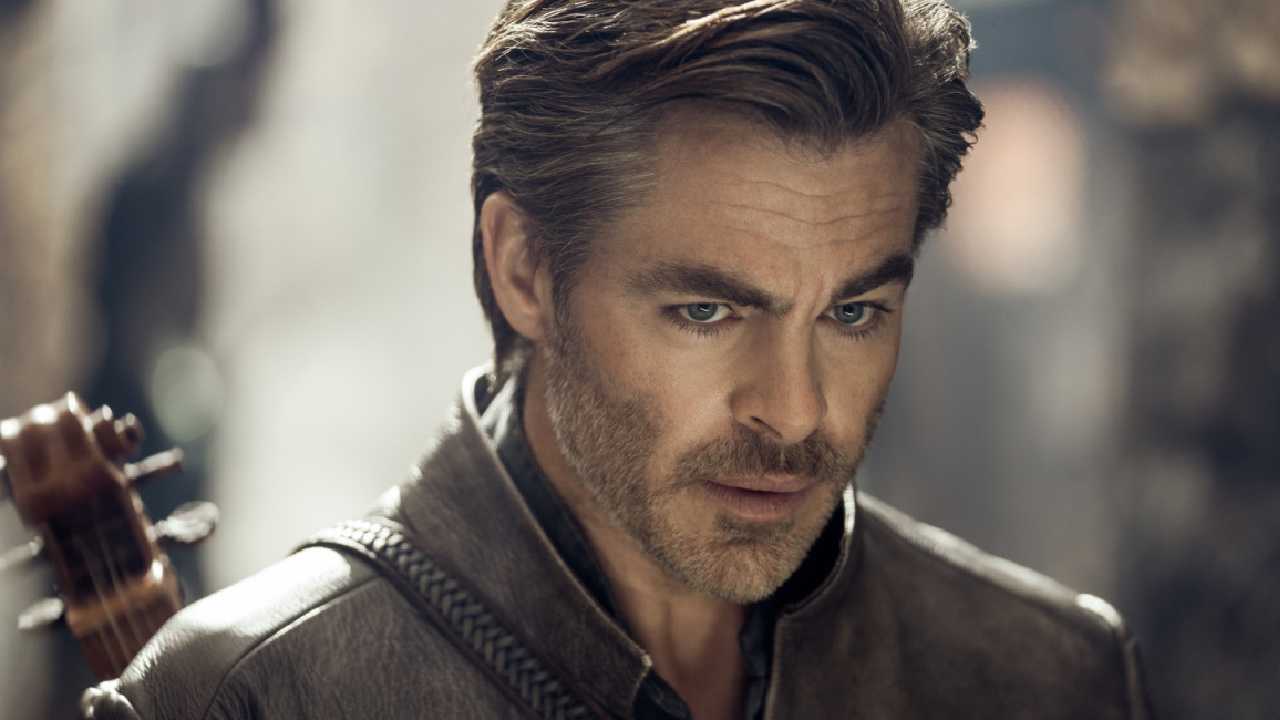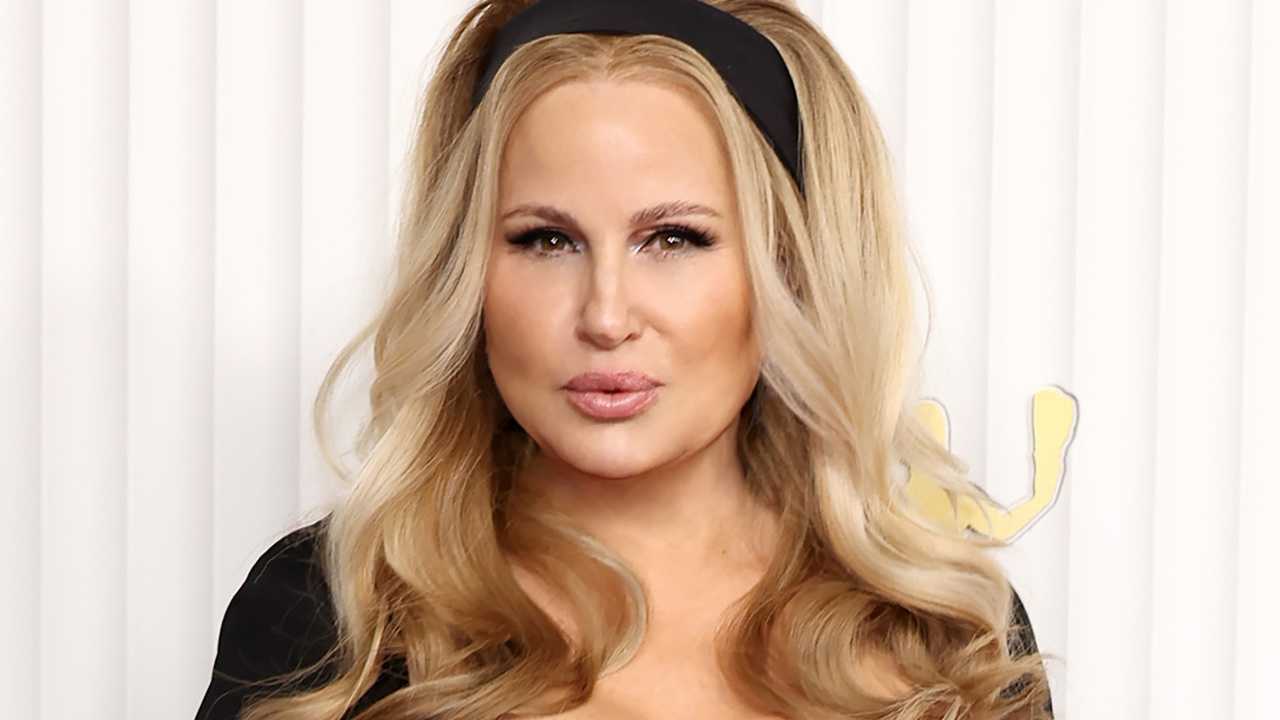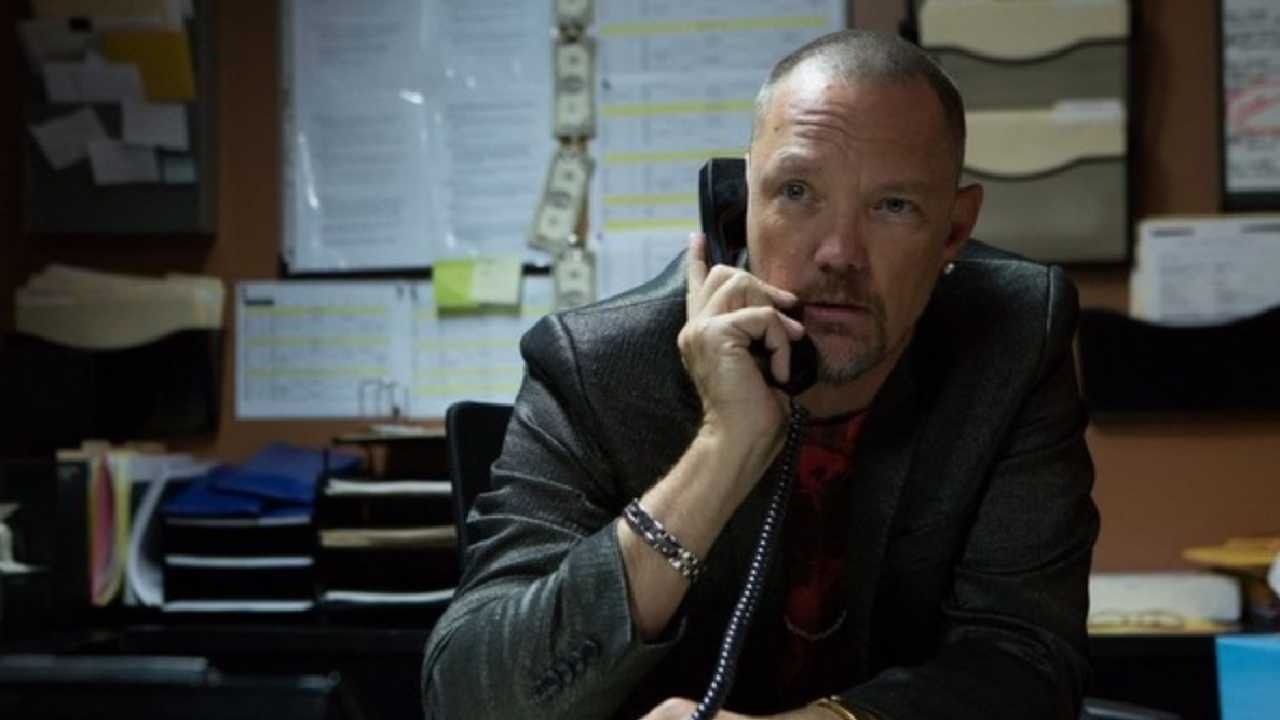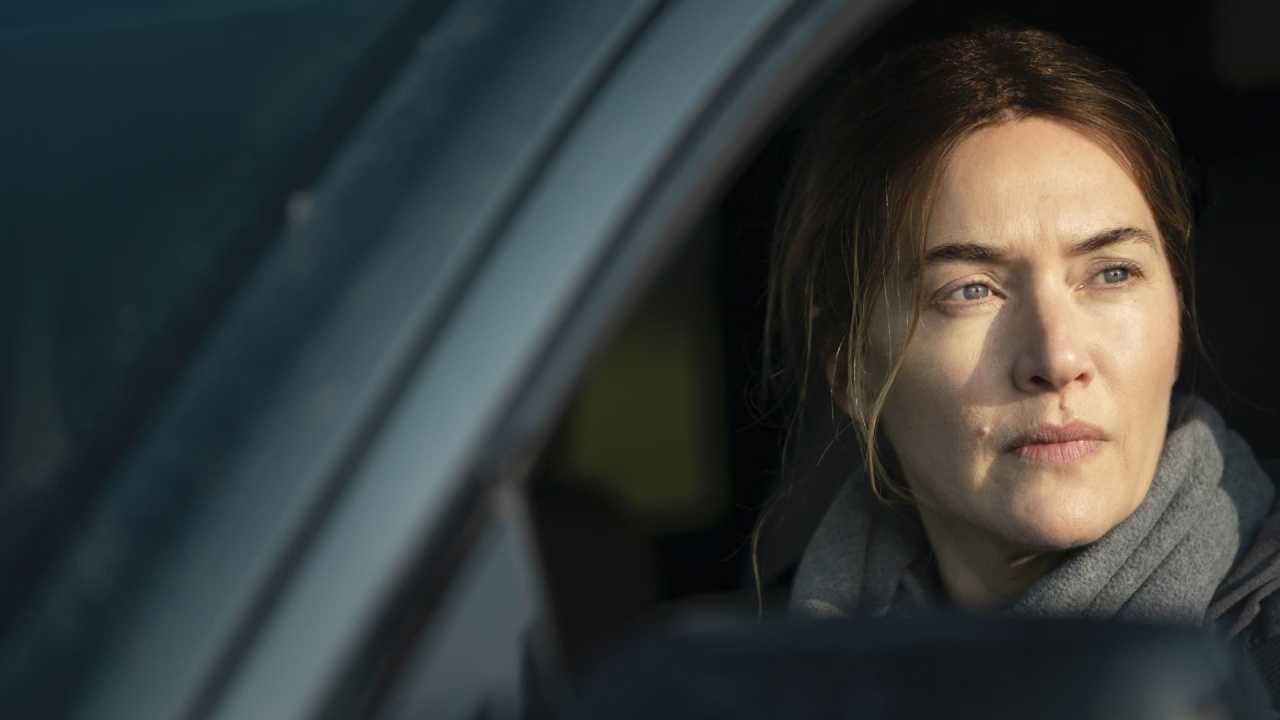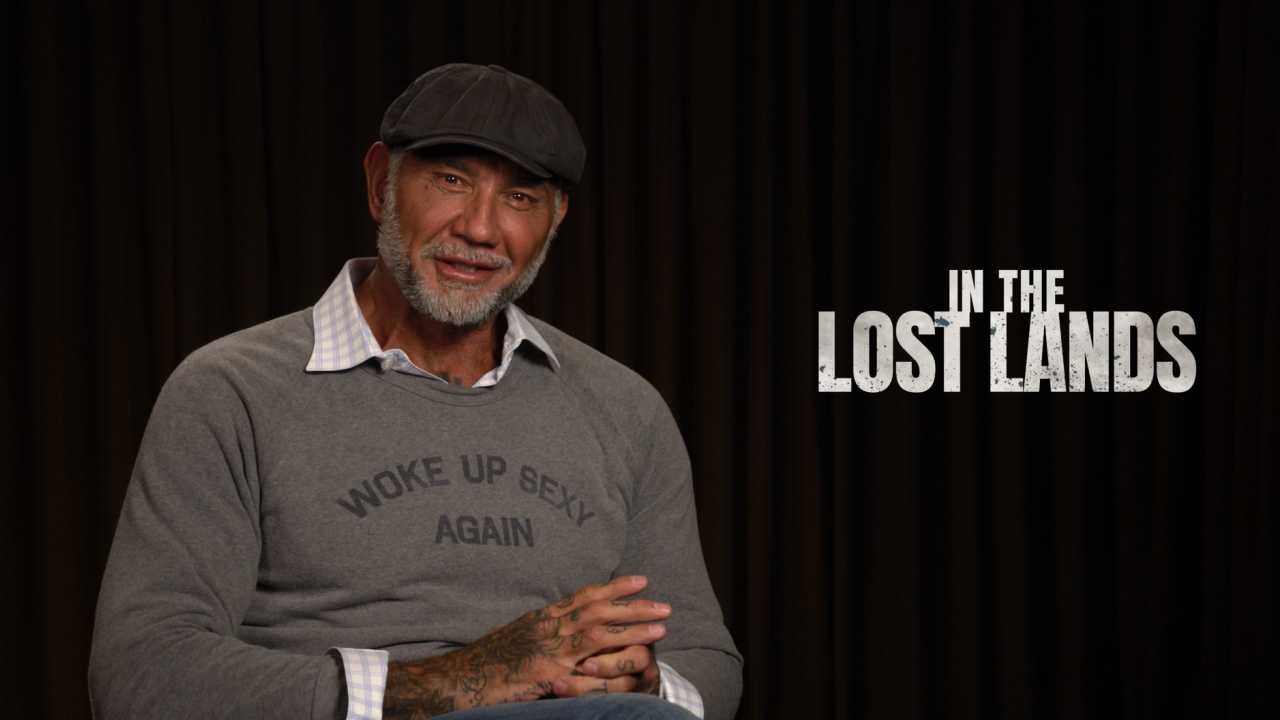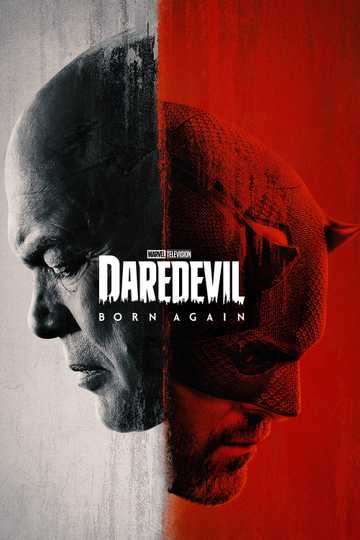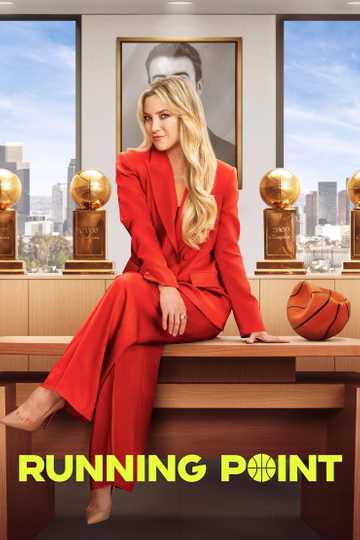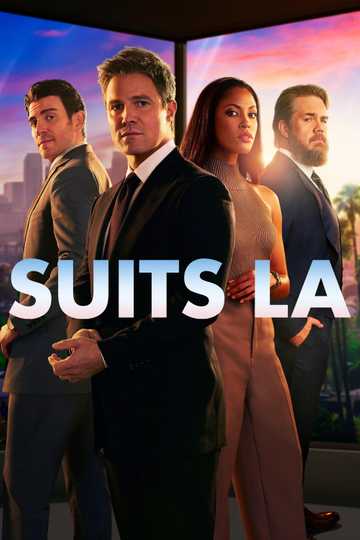17 Things You (Probably) Never Knew About 'Wizard of Oz'
Few films that are 80 years old hold up as well as “The Wizard Of Oz,” but looking back at the deeply troubled production, it was a classic that almost didn’t happen. Multiple versions, changing directors, marathon production days, injuries on set and the logistical complications of shooting in Technicolor all threatened to stop the movie in its tracks. But the film has justifiably gone on to be not just a technical benchmark or a memorable family adventure but multigenerational touchstone and a true classic that exemplifies the persistence and dedication of Hollywood to create real and lasting movie magic. To commemorate its 80th anniversary, as well as its upcoming 4K Ultra HD Blu-ray release on October 29th, Moviefone delved into the complicated history of the film that the cast and filmmakers endured to get this adaptation of L. Frank Baum’s iconic novel not just to the screen but into the hearts and minds of moviegoers for years to come.
1. Although previous attempts were made to adapt L. Frank Baum’s 1900 novel “The Wonderful Wizard of Oz,” including by director Larry Semon in 1925, production began on what would become a cinematic classic only after MGM saw the success of Disney’s “Snow White and the Seven Dwarfs” and recognized the commercial possibilities of adapting popular children’s stories.
2. The original outline for the film written by director and producer Mervyn LeRoy’s assistant William H. Cannon dramatically toned down the magical elements of Baum’s source material, after other fantasy films had performed poorly in theaters. For example, the Scarecrow was a real man who was so unintelligent that the only job he could get was scaring crows, and the Tin Woodman was a criminal whose demeanor softened after committing crimes so heartless that he was sentenced to live in a tin suit.
3. Subsequently, LeRoy enlisted multiple teams to work on drafts of the adaptation, which was a fairly common process in Hollywood at the time. The teams did not know about one another’s work. Noel Langley, Florence Ryerson and Edgar Allen Woolf eventually wrote the version that would become the final film, but only after director Victor Fleming revised the script during filming, and actors Jack Haley and Bert Lahr contributed dialogue for some of their scenes.
4. Re-framing the story as an elaborate dream Dorothy experiences in order to ensure that audiences understood what happened, initial plans for the film included contemporary detail that the producers hoped would resonate with audiences, such as a song entitled “The Jitterbug” referring to a trendy dance move. This was later dropped, as was a post-Oz scene (that was never filmed) where Hunk/Scarecrow (Ray Bolger) announces that he is leaving for agricultural college and promises to write Dorothy, hinting at a possible romance between the two as she gets older.
5. Bolger was originally cast not as Scarecrow but Tin Man, until he successfully convinced producer LeRoy to give him the role he really wanted. Buddy Ebsen, originally cast as Scarecrow, didn’t object, and actually worked with Bolger to master the character’s “wobbly walk.”
6. After actress Gale Sondergaard turned down the role of Wicked Witch when producers shifted the character from someone more calculating and glamorous, like the queen in “Snow White,” MGM cast Margaret Hamilton just three days before shooting began.
7. After Frank Morgan was cast as Professor Marvel/The Wizard of Oz, the wardrobe department went in search of coats for him to wear that communicated “shabby gentility.” After the production acquired a coat from a local secondhand shop that would fit the bill, Morgan later discovered that the coat actually belonged to author Baum, when he found a tag in the pocket with his name on it. (This rumor may or may not be true; Baum biographer Michael Patrick Hearn insists that the author’s family denied seeing the coat. But it has become a longtime part of the lore of the film.)
8. Another long-held rumor that has been since proven demonstrably untrue is the notion that an extra, possibly a Munchkin, committed suicide on set and their body can be seen hanging in the background of the scene where Dorothy, Tin Man and Scarecrow sing “We’re Off to See The Wizard.” In fact, the shape in the background is a crane stretching its wings - they were allowed to roam the set to create the appearance of mysterious creatures wandering through Oz. In subsequent versions of the film, editors colored the bird bright pink to ensure that this “urban legend” does not persist.
9. Ten days into filming, Buddy Ebsen was hospitalized for a reaction to the aluminum powder makeup that he wore, and he was forced to leave the role. Jack Haley didn’t learn until later abut the reason he was brought in to replace him, believing that Ebsen had simply been fired.
10. Filming began on October 13, 1938 under the guidance of Richard Thorpe, who was replacing Norman Taurog. He was later replaced by George Cukor, who didn’t actually shoot any scenes but served as a “creative advisor” after completing “Gone With the Wind.” He left on November 3, 1938 when Victor Fleming took over. Although Fleming adopted Cukor’s approach (which the producers said they were happy with), the production was still difficult because of the technological demands of using Technicolor, which required lighting that heated the set to upwards of 100 degrees, and makeup processes that required long hours for the cast and crew.
11. In the Munchkinland scene where the Wicked Witch disappears in a burst of flame and smoke, Hamilton suffered third-degree burns during the second take when the fire was set off too soon, igniting the copper-based face paint she was wearing. She did not return to work for three months while recovering. She later refused to shoot a scene in which the Witch “flies” on a broomstick billowing smoke, and when stand-in Betty Danko performed the scene, she was perhaps unsurprisingly injured when the smoke mechanism malfunctioned.
12. On February 12, 1939, Fleming was hired away from the production to replace Cukor on “Gone With the Wind.” King Vidor was hired to finish the sepia-toned Kansas sequences, but chose not to make his contributions to the film know to the public until after Fleming’s death in 1949 out of respect for his friend and colleague.
13. Special Effects Director Arnold Gillespie constructed the tornado out of a 35-foot muslin stocking connected to a steel gantry that he could manipulate to make it look like it was moving across the soundstage. The rest of the effects, such as the debris and dirt, were achieved using small models and hoses shooting compressed air.
14. The Cowardly Lion’s 90-pound costume was made both of foam latex and real lion skin and fur. The Tim Man’s costume was made of leather-covered buckram, but in a nice twist the “oil” used to lubricate his joints was chocolate syrup. Jell-O powder was used to change the color of the horses in the “Welcome to Emerald City” sequence. Unfortunately, asbestos was used to generate some of the special effects in the film, including the constant burning of the witch’s broomstick and the fake snow that makes Dorothy fall asleep in the poppy field.
15. After filming, the film began a long arduous post-production process. Herbert Stothart had to compose the film's background score, while A. Arnold Gillespie had to perfect the various special effects that the film required, including many of the rear projection shots. The MGM art department also had to create the various matte paintings for the background of many of the scenes.
16. The Technicolor process presented some enormous challenges for the filmmakers during production, requiring numerous reshoot and changes during post-production. The shot where Dorothy emerges out into Munchkinland had to be reshot using Judy Garland’s sepia-painted stand-in backing out of frame so that the transition from “black and white” to color could be achieved.
17. In order to get the film cut down to a suitable length, MGM briefly insisted that the filmmakers cut “Over the Rainbow” from the film. LeRoy, producer Arthur Freed and Victor Fleming fought to keep it in, and were right to do so not only did it win the Best Song of the Year Academy Award, but it became synonymous with the film and eventually with Garland herself.
